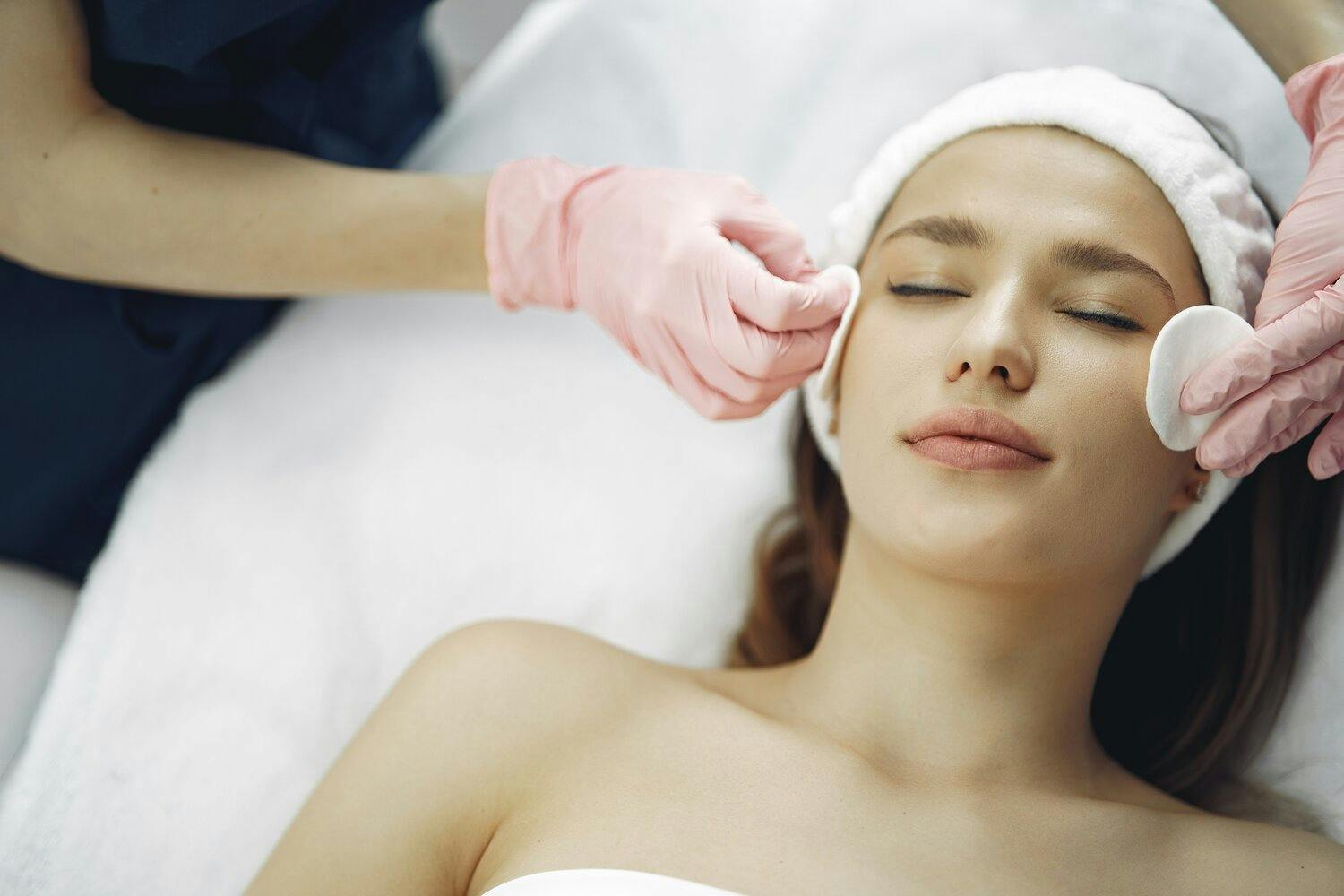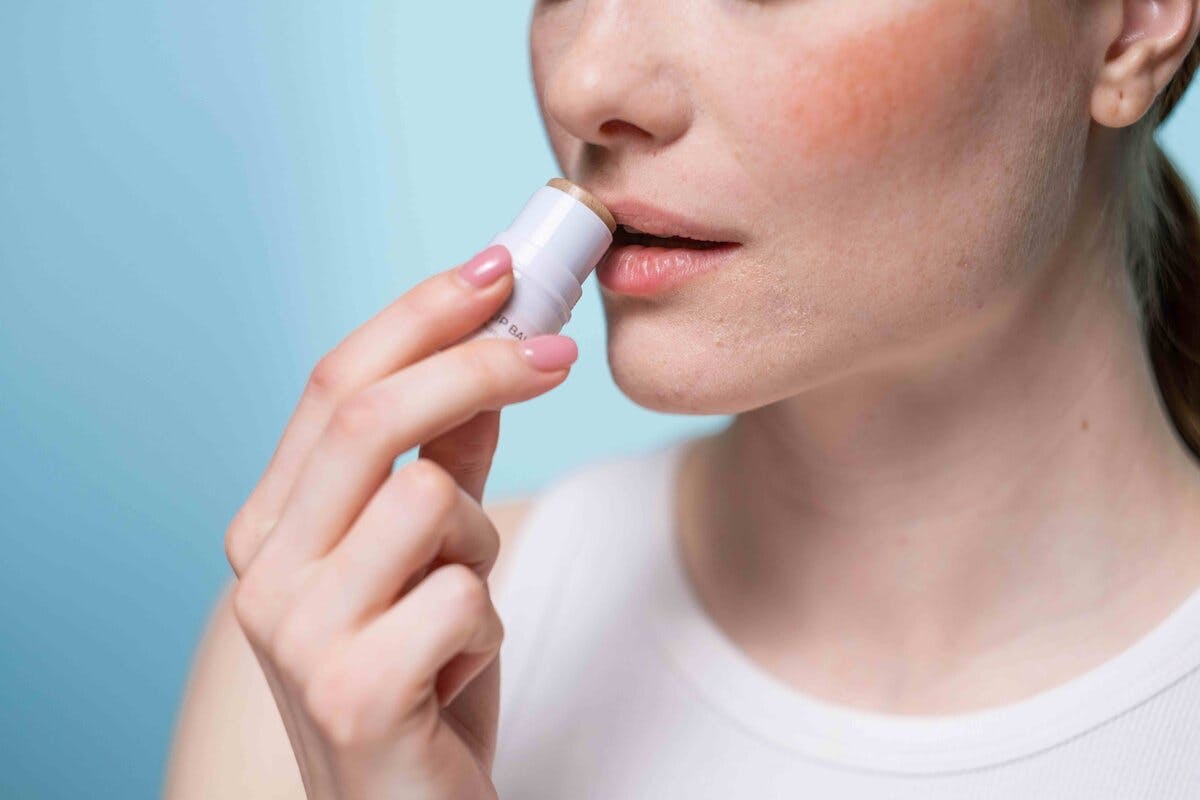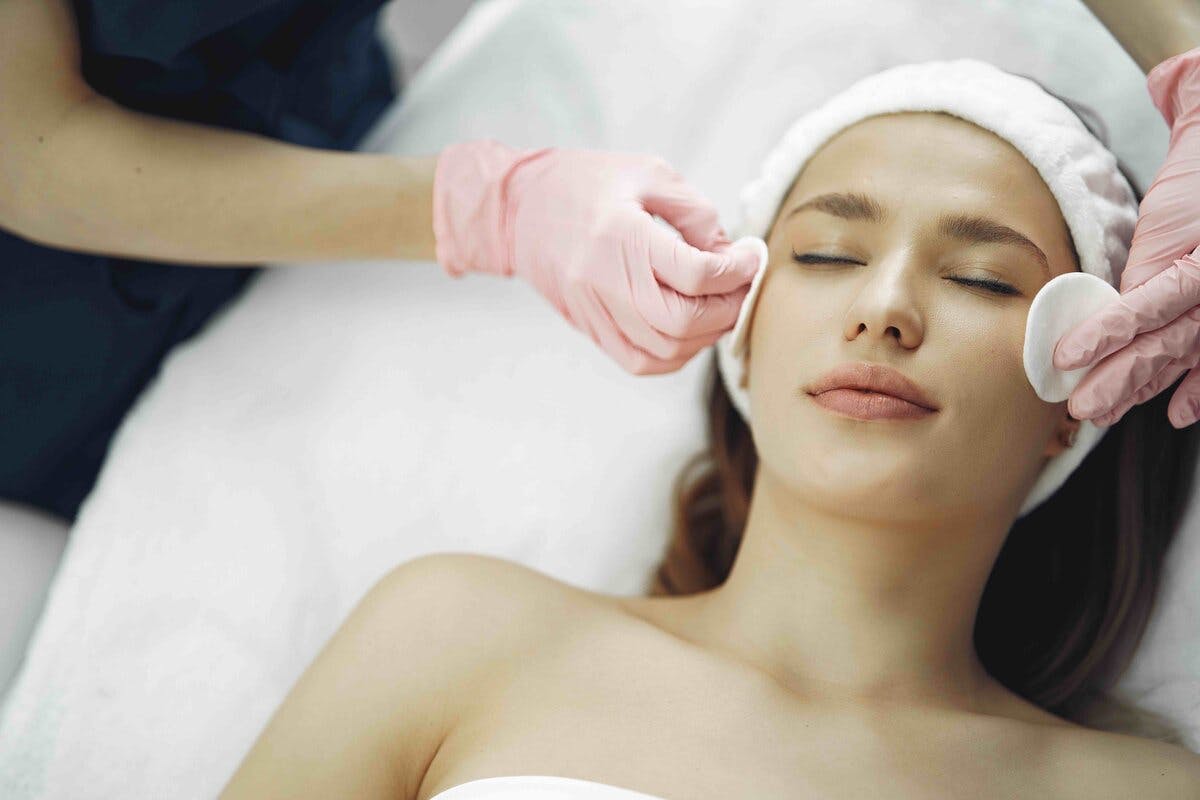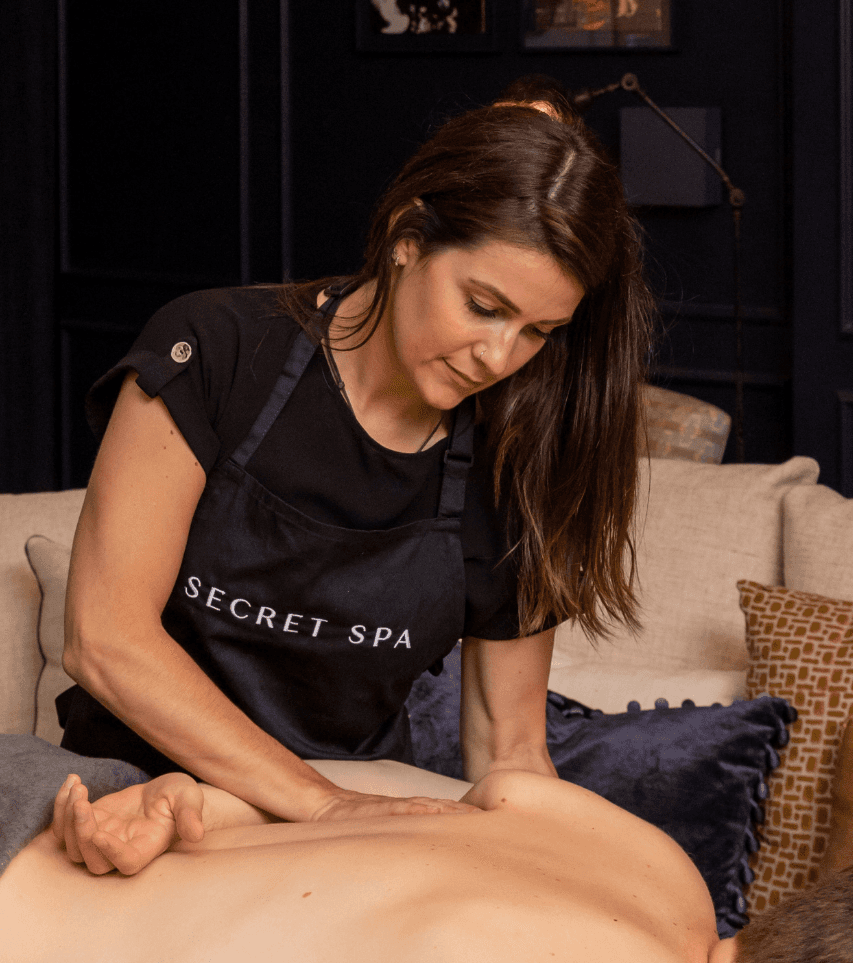What is microdermabrasion and what are the benefits?
Oct 9, 2020

Microdermabrasion is a treatment that uses a carefully abrasive process to gently buff away the top layer of the skin, improving your skin tone and texture. There are many benefits of microdermabrasion, but generally it’s used for improving the look of your skin, tackling sun damage, ageing, acne scarring and any other skin concerns.
What is microdermabrasion treatment?
Microdermabrasion is a specialist skin treatment. A specialised applicator is used to gently scrape away the very top layer of skin. Another microdermabrasion technique uses a spray containing either aluminium oxide or sodium bicarbonate to do the same thing. It’s widely considered to be safe and suitable for most skin types and skin colours.
Microdermabrasion isn’t invasive, but it does use specialist skills and tools. As such, you want to have it completed by a qualified professional. You are usually seated in a reclined position, or lying down, and the technician will work using the chosen tools on the targeted area. Usually, the treatment finishes with the application of a soothing moisturiser and sunscreen.
There are three main types of microdermabrasion:
Diamond-tip hand piece: This is a specially designed tool that simultaneously sloughs off dead cells whilst suctioning them away from the skin. The depth of the microdermabrasion is determined by the technician’s applied pressure and the length of time on an area of skin. It’s typically used on the face, particularly close to the eyes due to its precision.
Crystal: Crystal microdermabrasion sprays fine crystals onto the skin which rub off the dead skin cells and the outer layer. Again, there is an in-built suction to remove the skin and used crystals immediately.
Hydra dermabrasion: This is a newer microdermabrasion method and uses water and oxygen to exfoliate the skin, instead of the crystals described above.
It’s not dermaplaning!
Microdermabrasion can sometimes be confused with dermaplaning. Dermaplaning uses a scalpel to scrape the top level of the skin. Many dermaplaning vs microdermabrasion debates exist, but both bring worthwhile benefits. Particularly for improving texture, without removing too much of your skin’s natural oils, microdermabrasion is usually preferred.
Does microdermabrasion hurt?
The term ‘abrasion’ can put you off, thinking that microdermabrasion will be a painful experience. However, microdermabrasion really shouldn’t hurt. The first time you have it done, it may feel a little uncomfortable and your skin may feel quite tight afterwards. You may also feel the treated area of skin is quite warm later on.
You should be honest with your technician about your comfort levels. They can always adjust the suction level to make it more comfortable. If you have sensitive skin, do let the technician know in advance.
What does microdermabrasion do?
Because microdermabrasion works by effectively removing the top layer of skin, where many skin issues are evidenced, it is mostly used for those who want a treatment for:
Reducing the appearance of fine lines and wrinkles
Reducing the appearance of age spots and hyperpigmentation
Removing blackheads and swollen pores
Tackling acne and any associated scarring
Reducing the appearance of stretch marks
Getting rid of uneven skin texture and tone
Melasma (patches of discolouration)
Dealing with sun damage
Microdermabrasion benefits
Having understood what microdermabrasion is and what it’s for, it’s good to also understand the benefits.
After microdermabrasion, your skin will feel baby smooth and there should be less variance in pigmentation. Microdermabrasion can also stimulate the production of collagen, aiding elasticity and the appearance of wrinkles.
Mild scarring, such as from acne or stretch marks, should be less obvious. Dead skin cells will be removed and your skin will simply feel cleaner than ever. The circulation in your skin will be improved, ensuring that all necessary nutrients and oxygen have a clear pathway to rejuvenate the area.
After dermabrasion, you’ll discover that your skin is more able to absorb your chosen skincare products. For those who are treating skin conditions such as acne, this can be particularly important as their skincare products are effectively more useful. Microdermabrasion can also reduce the size of the pores by unclogging them and improving circulation.
One of the most important microdermabrasion facial benefits is that it is a safe procedure, especially when done by a skilled technician. It’s not as harsh or risky as procedures such as chemical peels or laser treatment, yet you still get the benefit of great results. The recovery time is not very long and usually only takes a few hours.
You may be wondering "Does microdermabrasion help acne scars?". The answer is that it depends on the nature and depth of the scarring. Shallow depressed acne scars should see an improvement. If the scarring is deeper, sometimes described as an ice pick scar, then the benefit will be minimal. However, because microdermabrasion improves the overall smoothness of your skin, you may find that the appearance of the scars is improved.
Side effects of microdermabrasion
Microdermabrasion is safe and most of the side effects of microdermabrasion are either very short lived, or aren’t experienced when microdermabrasion is completed by a skilled technician who has assessed your skin type carefully.
The most common side effects are simply a little redness and tenderness immediately after the treatment. The vast majority of people find that this goes down within an hour to two. Occasionally there may be some bruising from the suction process, but the technician should take care to avoid this.
Those with particularly sensitive skin, or very severe acne, may need to take particular care to avoid irritation. Microdermabrasion isn’t recommended if you have a skin condition such as eczema, rosacea, psoriasis or herpes. You shouldn’t have microdermabrasion done if you’ve currently got sunburn or any open sores.
Post-microdermabrasion skincare
The easiest way to avoid or minimise side effects is to keep your skin hydrated with gentle moisturisers and use a sunscreen for the first few weeks after treatment. Try not to use topical acne creams for at least 24 hours after microdermabrasion.
How often to get microdermabrasion
How often you have microdermabrasion done is usually determined by your personal skin concerns. Typically, technicians will plan a number of initial sessions followed by wider spaced maintenance. This could vary from a weekly to a monthly basis.
Microdermabrasion is a popular treatment but it does typically need to be completed within a beauty salon, due to the equipment used. Home microdermabrasion kits are not as effective. For an accessible alternative, we have plenty of facial treatments to choose from which can be done at home.
[button link="https://book.secretspa.co.uk/categories/facial"]Book professional Facial treatment at home[/button]
Book our
experts today
Related Articles
How to care for dry lips in winter
Jan 31, 2022
Facials 101: How often to have a facial, aftercare advice and benefits
May 12, 2020
What is dermaplaning and should you try it?
May 18, 2021
10 best superfoods for glowing skin
Feb 25, 2021
How to revive hangover skin
Aug 6, 2021
Reviving winter skin with a facial – 10 benefits of facials
Nov 26, 2020






